Picture this: a tiny wasp tenderly caring for larvae that aren’t even her own species, feeding them with the same dedication she would show her biological offspring. This isn’t science fiction – it’s happening right now in backyards, forests, and meadows around the world. The insect kingdom harbors some of the most fascinating examples of cross-species parenting, where creatures dedicate their lives to raising young that share none of their DNA.
While we often think of insects as cold, calculating creatures driven purely by survival instincts, the reality is far more complex and beautiful. Some bugs have evolved intricate babysitting arrangements that would make human daycare centers look simple by comparison. These remarkable relationships challenge everything we thought we knew about maternal instincts and evolutionary biology.
The Cuckoo Wasp Deception
Cuckoo wasps have mastered the art of biological trickery with a finesse that would impress even the most skilled con artist. These metallic-colored insects sneak into the nests of other wasp species, laying their eggs alongside the host’s offspring. The unsuspecting host parents then raise the cuckoo wasp larvae as their own, providing food and protection without ever realizing they’ve been duped.
What makes this deception particularly fascinating is the timing involved. Female cuckoo wasps must wait for the perfect moment when the host is away from the nest, slip in undetected, and complete their mission before being discovered. The host parents continue their nurturing behavior, completely unaware that they’re investing precious resources in a genetic stranger.
Slave-Making Ants and Their Unwilling Babysitters
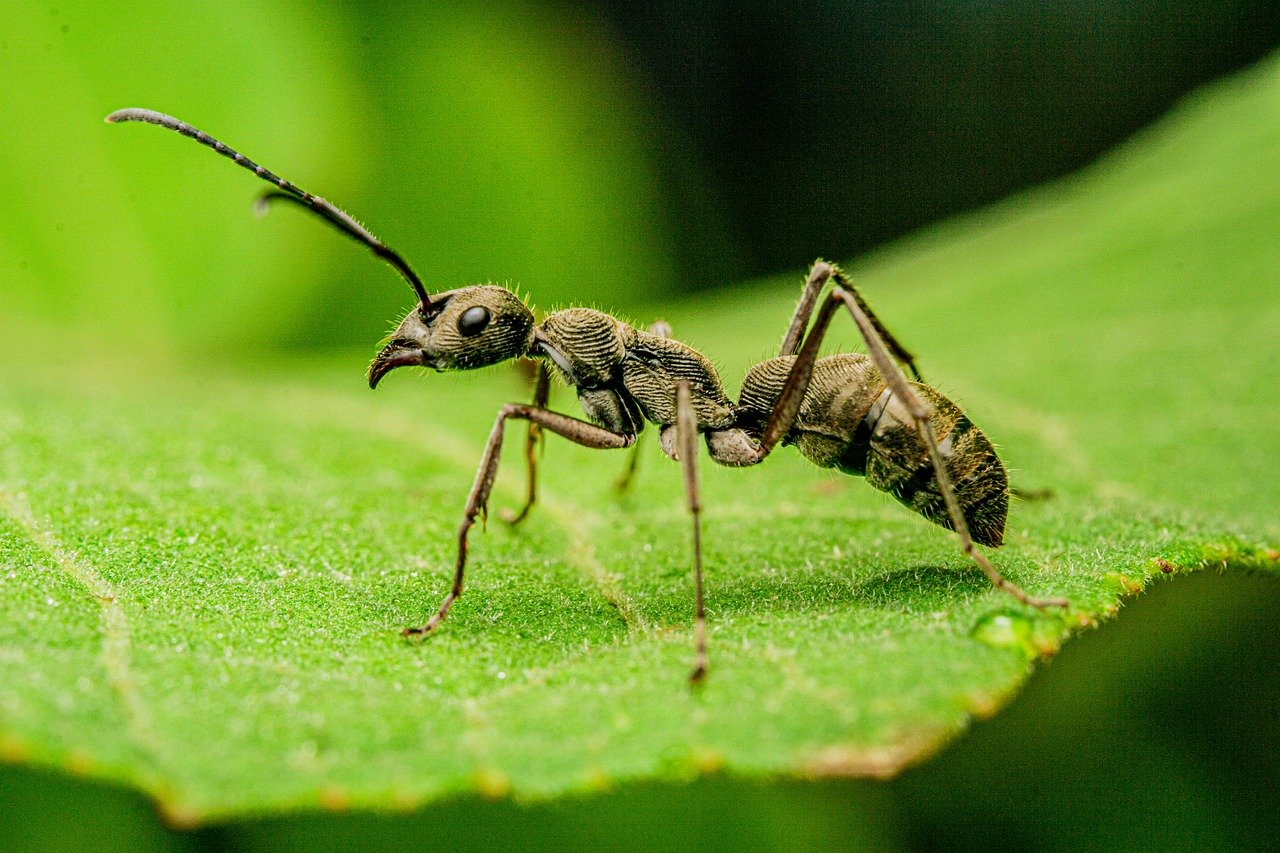
The world of slave-making ants reads like a dramatic thriller, complete with raids, kidnapping, and forced labor. Species like Polyergus breviceps conduct elaborate military-style operations, storming the colonies of other ant species to steal their pupae. These kidnapped young are then raised within the slave-making colony, where they grow up believing their captors are their true family.
The enslaved ants perform all the typical colony duties – foraging, nest maintenance, and most importantly, caring for the young of their captors. This creates a bizarre family dynamic where the slave-makers become completely dependent on their captives for survival, unable to feed themselves or care for their own offspring without help.
Bumblebee Cuckoos: Masters of Identity Theft
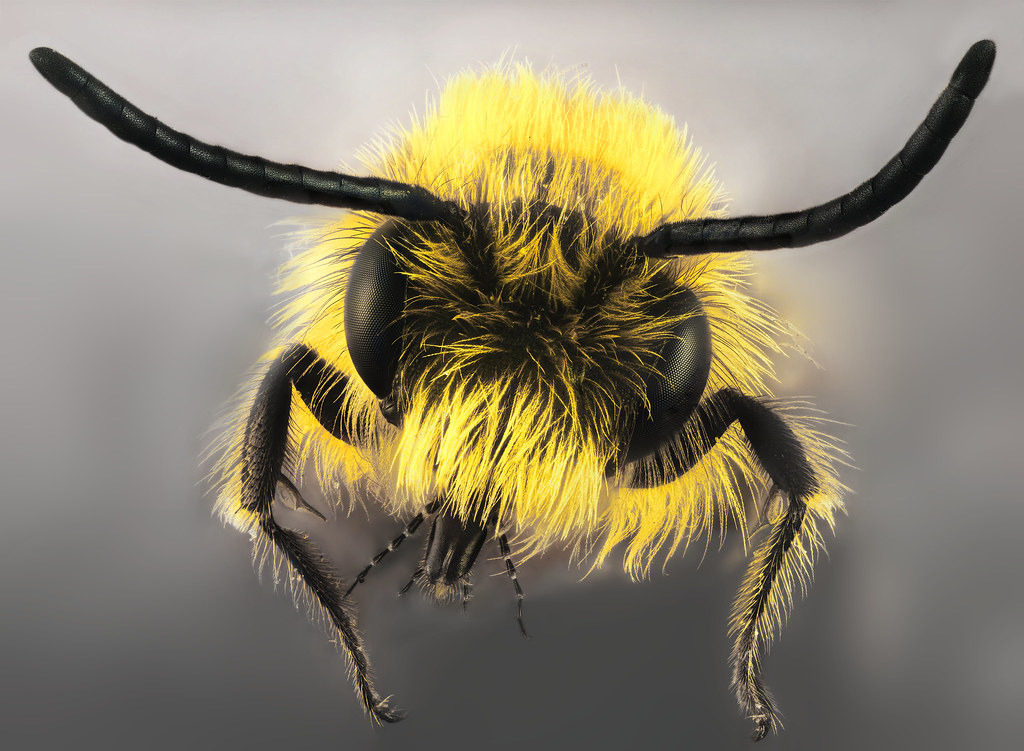
Cuckoo bumblebees have taken parasitism to an entirely new level by essentially becoming identity thieves of the insect world. These remarkable insects infiltrate established bumblebee colonies, kill or subdue the queen, and then convince the worker bees to raise their offspring instead. The deception is so complete that the workers never realize they’re nurturing a completely different species.
The cuckoo bumblebee queen even adopts the colony’s scent, making her presence seem natural and legitimate. She produces pheromones that mimic those of the original queen, ensuring the workers remain loyal and dedicated to their new, illegitimate ruler. This chemical disguise is so sophisticated that it can fool entire colonies for months.
Paper Wasp Social Parasites
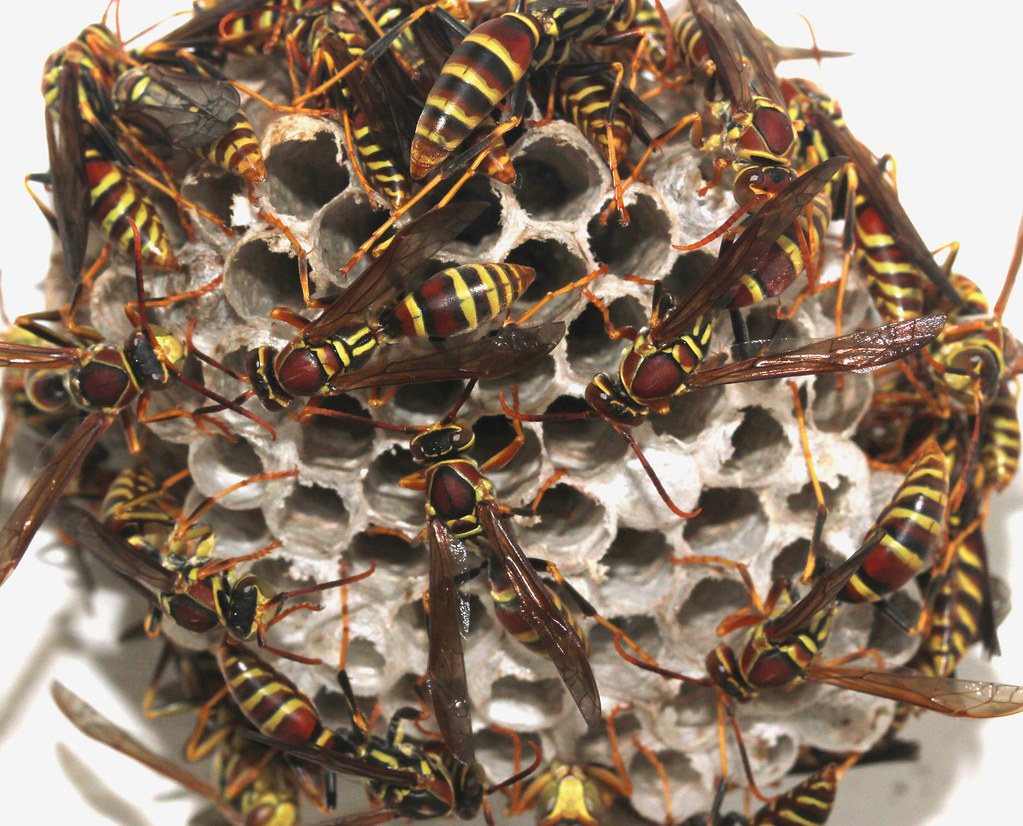
Paper wasps engage in some of the most complex social manipulation found in the insect world. Certain species have evolved to become social parasites, infiltrating the colonies of closely related species and convincing the workers to abandon their own reproductive efforts. Instead, these hijacked workers dedicate themselves entirely to raising the parasitic species’ young.
The parasitic wasps use a combination of chemical signals and behavioral cues to maintain control over their adopted colonies. They suppress the reproductive development of the host workers while simultaneously stimulating their maternal instincts. This creates a workforce completely devoted to caring for offspring that aren’t genetically related to them.
The Fascinating World of Brood Parasitic Bees
Brood parasitic bees, often called “cuckoo bees,” have developed an extraordinary relationship with their hosts that goes far beyond simple egg-laying. These bees seek out the carefully constructed nests of solitary bee species, where they lay their eggs alongside the host’s provisions. The host bee unknowingly provides not just shelter but also food and protection for the parasitic larvae.
What’s remarkable is how these cuckoo bees have evolved to perfectly match their timing with their hosts’ reproductive cycles. They must strike at precisely the right moment – after the host has stocked the nest with food but before the host’s own eggs have developed enough to compete effectively. This intricate timing requires an almost supernatural understanding of their host’s behavior patterns.
Beetle Babysitters in Underground Nurseries
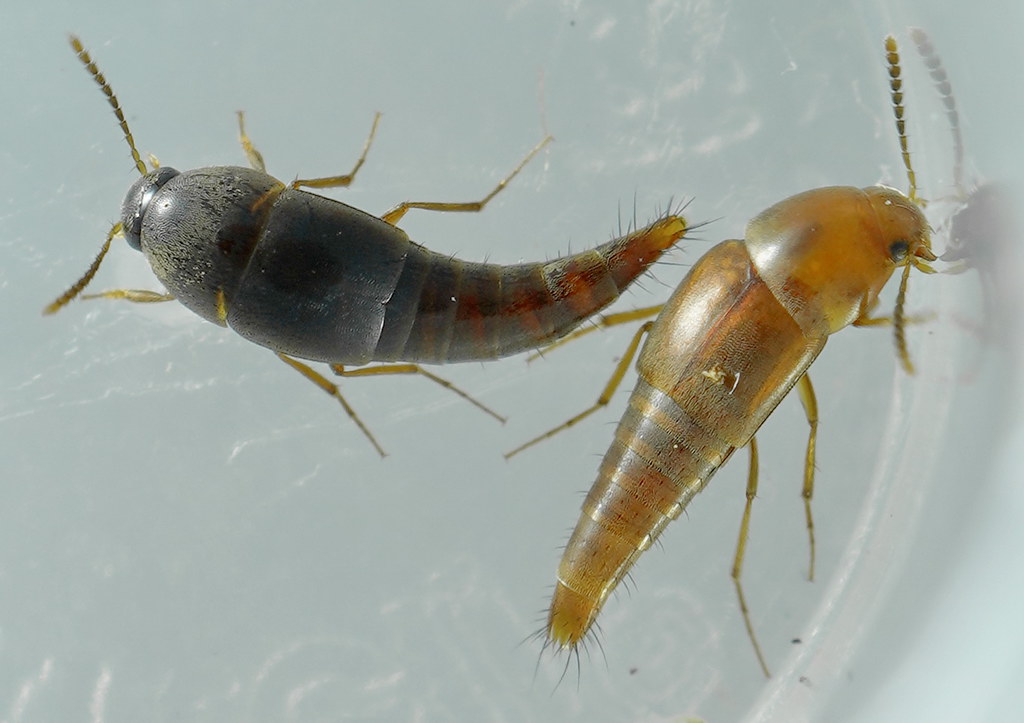
Certain species of beetles have developed remarkable relationships with other insects that involve extensive childcare duties. Rove beetles, for instance, often infiltrate ant colonies where they’re not only tolerated but actively cared for by the ant workers. These beetles produce chemical signals that convince the ants to feed and protect them, essentially turning the entire colony into unwitting babysitters.
The relationship becomes even more complex when these beetles begin reproducing within the ant colonies. The ants extend their nurturing behavior to the beetle larvae, treating them with the same care they would show their own young. This creates multi-species nurseries where ant workers diligently tend to both ant and beetle offspring simultaneously.
The Chemical Warfare of Deception
The success of these cross-species babysitting arrangements often depends on sophisticated chemical communication that rivals any spy novel. Parasitic insects have evolved the ability to produce and manipulate pheromones that can completely alter the behavior of their hosts. These chemical signals can trigger maternal instincts, suppress aggressive responses, and even redirect parental care toward the parasitic offspring.
Some parasitic species go even further, producing chemicals that actually modify the host’s brain chemistry. These neurological manipulations can create lasting changes in behavior, ensuring that the host continues to provide care even when it might otherwise abandon or attack the parasitic young. The precision of these chemical interventions demonstrates an evolutionary arms race that has been playing out for millions of years.
Evolutionary Advantages of Cross-Species Parenting
The prevalence of cross-species babysitting in the insect world suggests that these arrangements provide significant evolutionary advantages to both parasites and, surprisingly, sometimes to their hosts. For parasitic species, the benefits are obvious – they get free childcare services without having to invest their own energy in nest-building, food gathering, or offspring protection. This allows them to redirect their resources toward finding new hosts and producing more offspring.
For host species, the advantages are more subtle but equally real. Some hosts benefit from having additional defenders in their colonies, as parasitic species often contribute to nest defense. Others gain access to new foraging areas or resources that their parasitic guests bring with them. These mutual benefits help explain why some of these relationships have persisted and evolved over millions of years.
The Role of Mimicry in Insect Adoption
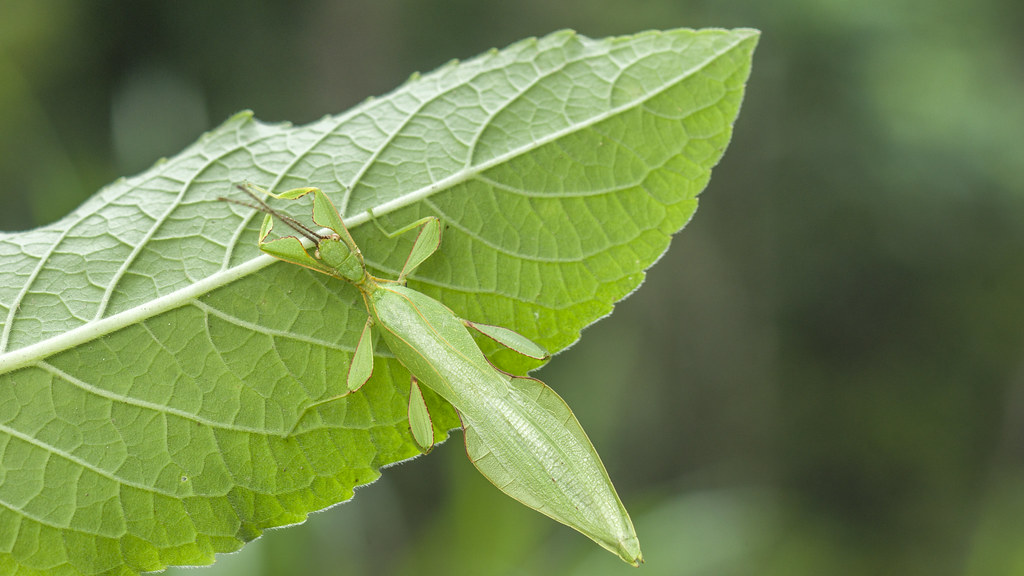
Mimicry plays a crucial role in many cross-species babysitting arrangements, with parasitic insects becoming master impersonators of their hosts. Visual mimicry allows parasitic species to blend seamlessly into host colonies, often resembling the host species so closely that even trained entomologists have difficulty distinguishing between them. This visual deception is just the beginning of their elaborate disguises.
Behavioral mimicry takes the deception even further, with parasitic insects learning to move, communicate, and interact exactly like their hosts. They master the subtle body language, feeding behaviors, and social hierarchies that govern host colony life. Some parasitic species even learn to mimic the developmental stages of their hosts, ensuring they receive age-appropriate care throughout their growth.
Seasonal Timing and Reproductive Synchronization
The success of cross-species babysitting often depends on precise seasonal timing that requires parasitic insects to synchronize their reproductive cycles with those of their hosts. This synchronization is so exact that many parasitic species have evolved internal biological clocks that match those of their hosts down to the day or even hour. Missing this narrow window of opportunity can mean the difference between successful reproduction and complete failure.
Climate change is beginning to disrupt these carefully timed relationships, as shifting weather patterns throw off the delicate synchronization between parasites and their hosts. Some parasitic species are arriving at host colonies too early or too late, finding empty nests or already-developed offspring that won’t accept their presence. This temporal mismatch represents a new challenge for these ancient relationships.
Geographic Variations in Babysitting Behaviors
Cross-species babysitting arrangements vary dramatically across different geographic regions, with local environmental pressures shaping the evolution of these relationships. In tropical regions, where insect diversity is highest, parasitic relationships tend to be more specialized and complex. Arctic regions, conversely, often feature more generalized parasitic species that can exploit multiple host species to survive in harsh conditions.
Island populations have developed some of the most unique babysitting arrangements, often involving species combinations that don’t exist anywhere else in the world. These isolated ecosystems have allowed for the evolution of highly specialized relationships that demonstrate the incredible adaptability of parasitic insects. Some island species have even developed cooperative arrangements where multiple parasitic species share the same host colony.
Detection and Defense Mechanisms
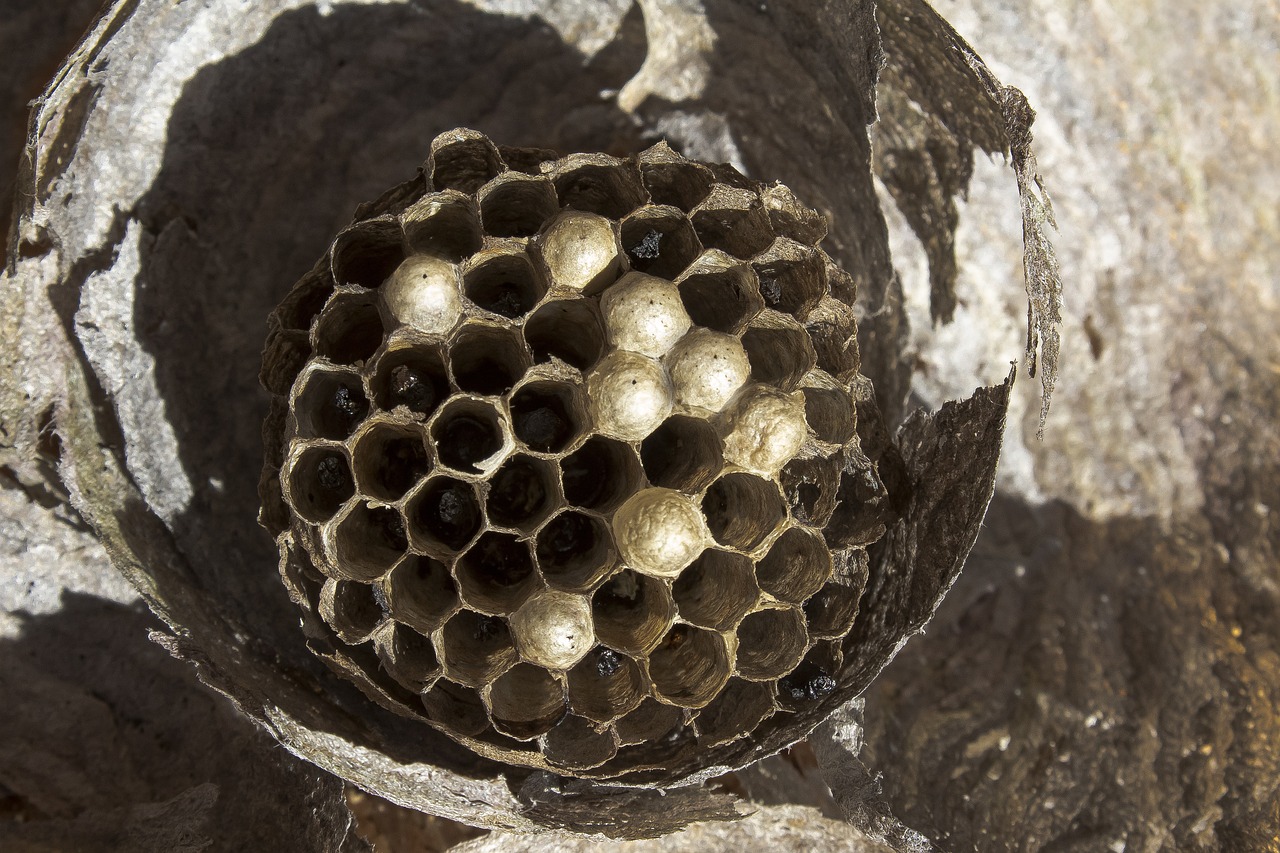
Host species haven’t remained passive victims in these parasitic relationships, evolving sophisticated detection and defense mechanisms to protect their offspring. Some species have developed enhanced recognition abilities that allow them to identify parasitic eggs or larvae even when they’re well-disguised. Others have evolved behavioral strategies like increased nest inspection frequency or aggressive responses to unfamiliar scents.
The evolutionary arms race between parasites and hosts has led to increasingly sophisticated strategies on both sides. As hosts develop better detection methods, parasites evolve more convincing disguises. As hosts become more aggressive in defending their nests, parasites develop better infiltration techniques. This ongoing competition has produced some of the most remarkable examples of evolutionary adaptation in the natural world.
The Future of Cross-Species Parenting Research
Modern research techniques are revealing new details about cross-species babysitting that were previously impossible to observe. High-resolution cameras, chemical analysis equipment, and genetic sequencing are allowing scientists to document these relationships with unprecedented precision. These tools are uncovering previously unknown species interactions and helping researchers understand the complex evolutionary pressures that shape these behaviors.
Artificial intelligence and machine learning are beginning to play roles in identifying and analyzing these relationships, particularly in processing the vast amounts of behavioral data that modern monitoring equipment can collect. These technologies are helping researchers spot patterns and connections that human observers might miss, opening new avenues for understanding how these remarkable relationships function and evolve.
Conservation Implications and Ecological Impact
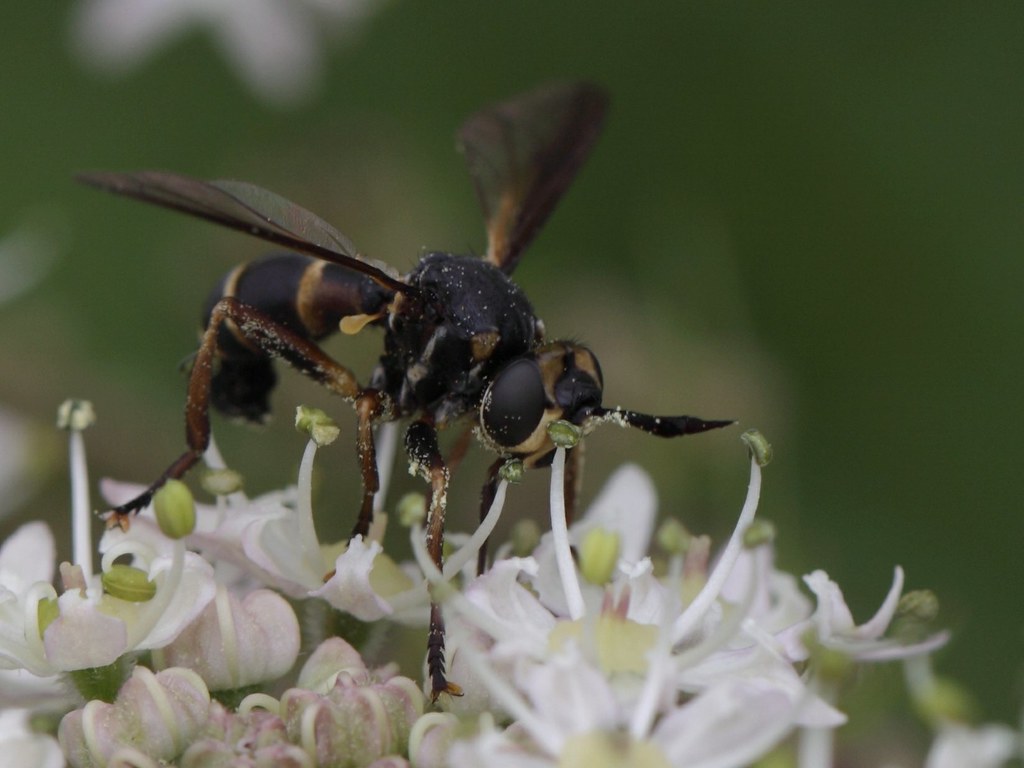
The intricate relationships involved in cross-species babysitting make these insects particularly vulnerable to environmental changes and habitat destruction. When either the parasitic species or their hosts face population declines, the entire relationship can collapse, leading to cascading effects throughout the ecosystem. Conservation efforts must consider these complex interdependencies when developing protection strategies for at-risk species.
Climate change poses particular challenges for these relationships, as changing temperatures and weather patterns can disrupt the precise timing that many parasitic arrangements require. Habitat fragmentation also threatens these relationships by separating parasitic species from their hosts or reducing the population sizes needed to maintain stable parasitic cycles. Understanding these vulnerabilities is crucial for developing effective conservation approaches.
The world of cross-species babysitting in insects reveals nature’s incredible capacity for innovation and adaptation. These remarkable relationships demonstrate that even the smallest creatures can develop complex social arrangements that challenge our understanding of family, cooperation, and survival. From cuckoo wasps perfecting their deception to slave-making ants building their empires, these insects show us that parenting in the natural world extends far beyond simple biological relationships.
As we continue to study these fascinating behaviors, we gain deeper insights into the evolutionary forces that shape life on Earth. These tiny babysitters and their unwitting hosts remind us that nature’s creativity knows no bounds, and that even in the insect world, the bonds of care and protection can transcend the boundaries of species. What other secrets might these miniature families be hiding in plain sight?

